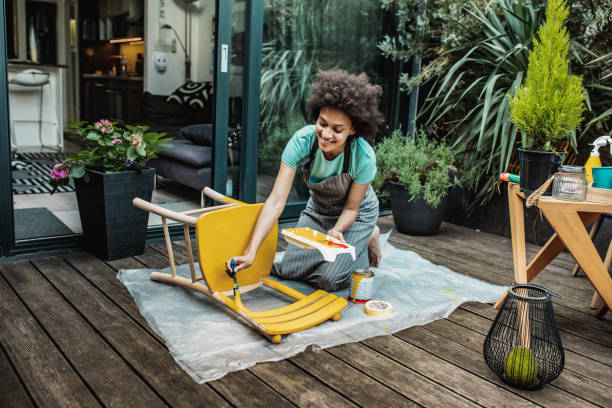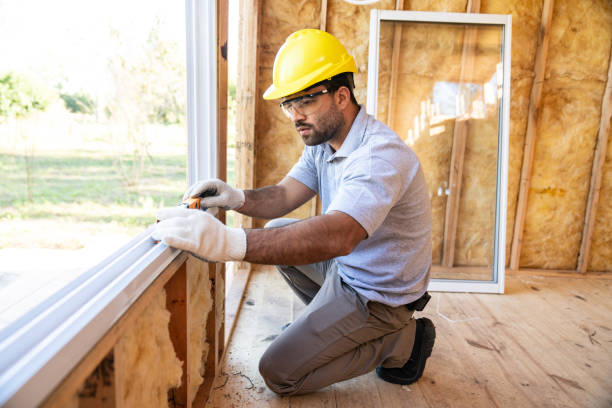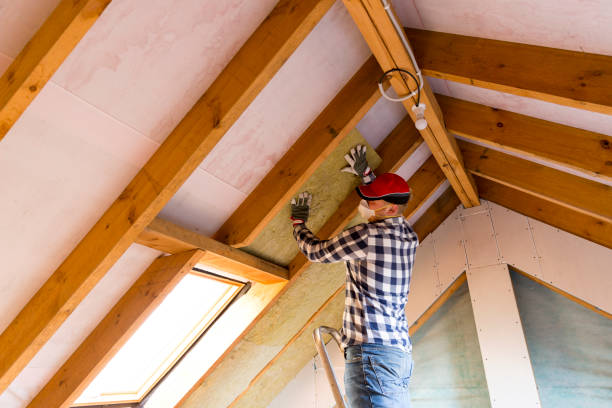Eco-friendly renovations have become a game-changer for homeowners looking to improve the comfort and visual appeal of their homes while lowering their environmental impact.
In a world where sustainability is becoming increasingly important, eco-friendly renovations have become a game-changer.
Unlike traditional renovations, which often generate waste and consume vast amounts of energy, eco-friendly renovations prioritise environmental responsibility.
Here’s a fresh perspective on transforming your home into an eco-conscious haven.
1. The Concept of Eco-Friendly Renovations
Eco-friendly renovations involve making deliberate choices to use sustainable materials, energy-efficient appliances, and waste-reducing construction methods. The goal is to minimise the ecological footprint while promoting health and well-being for occupants. From repurposing old materials to investing in smart home technology, every step is an opportunity to contribute to a healthier planet.

2. Why Choose Eco-Friendly Renovations?
- Environmental Benefits: Reduces carbon emissions, conserves natural resources, and decreases landfill waste.
- Economic Advantages: Though initial costs may be higher, energy-efficient appliances and water-saving fixtures result in lower utility bills over time.
- Health and Well-Being: Eco-friendly materials like low-VOC (volatile organic compounds) paints and natural wood finishes improve indoor air quality, promoting better health.
- Property Value Increase: Homes with eco-friendly features attract environmentally conscious buyers, increasing resale value.
3. Key Elements of an Eco-Friendly Renovation
I. Sustainable Materials
- Recycled and Reclaimed Materials: For a rustic yet modern appeal, use reclaimed wood, recycled metal, and repurposed bricks.
- Eco-Friendly Flooring: Bamboo, cork, and recycled hardwood are durable, stylish, and sustainable options.
- Insulation from Recycled Materials: Opt for insulation made from recycled denim or cellulose, which offers excellent thermal efficiency.
II. Energy Efficiency
- Solar Panels: Harness the power of the sun to generate clean energy for your home.
- Energy-Efficient Windows: Double-glazed windows reduce heat loss, improving energy efficiency year-round.
- Smart Thermostats: These devices optimise heating and cooling, saving energy and reducing utility bills.
III. Water Conservation
- Low-Flow Fixtures: Install low-flow toilets, showerheads, and faucets to reduce water consumption.
- Rainwater Harvesting Systems: Collect and store rainwater for irrigation, washing, and other household uses.
- Greywater Systems: Reuse water from sinks, showers, and washing machines for irrigation.
IV. Sustainable Design Choices
- Natural Lighting: Use skylights and large windows to let in as much natural light as possible to minimise the need for artificial lighting.
- Green Roofs and Living Walls: These enhance aesthetics and provide insulation and air purification.
- Open-Plan Spaces: Reduce the need for artificial lighting and create a more energy-efficient layout.
V. Waste Reduction
- Deconstruction Over Demolition: Carefully dismantle old structures to salvage usable materials, reducing waste.
- On-Site Recycling: Separate waste materials like concrete, metal, and wood to be recycled rather than sent to landfills.
4. Steps to Plan Your Eco-Friendly Renovation
- Set Clear Goals: Identify what you want to achieve, such as reducing energy bills, creating a healthier living space, or enhancing aesthetics.
- Hire Sustainable Contractors: Choose contractors experienced in green building practices to ensure your renovation aligns with eco-friendly principles.
Budget Smartly: Prioritise upgrades that have the greatest environmental impact and long-term savings, such as energy-efficient appliances and solar panels. - Source Sustainable Materials: Look for certifications like FSC (Forest Stewardship Council) for wood and Cradle to Cradle for sustainable products.
5. Challenges and Solutions
While eco-friendly renovations offer numerous benefits, they also come with certain challenges. Sourcing sustainable materials may be costly or require more time. Additionally, not all contractors are familiar with eco-friendly practices. To overcome these obstacles, plan, seek suppliers specialising in sustainable products, and choose contractors with green building experience.
6. The Future of Eco-Friendly Renovations
With climate change becoming a major worldwide concern, eco-friendly remodelling is becoming essential rather than optional. Governments worldwide offer incentives and tax rebates for homeowners who embrace energy-efficient upgrades. This trend is expected to grow, with smart homes and renewable energy systems becoming standard features in future housing developments.

Conclusion
Eco-friendly renovations are a vital step toward a sustainable future. By implementing green building approaches, homeowners may lessen their environmental impact, save money on utility costs, and create a healthier living environment. Whether upgrading a single room or embarking on a full-scale remodel, eco-friendly choices can make a lasting difference. Embrace this modern approach to sustainable living and transform your home into a sanctuary of environmental responsibility and well-being.

